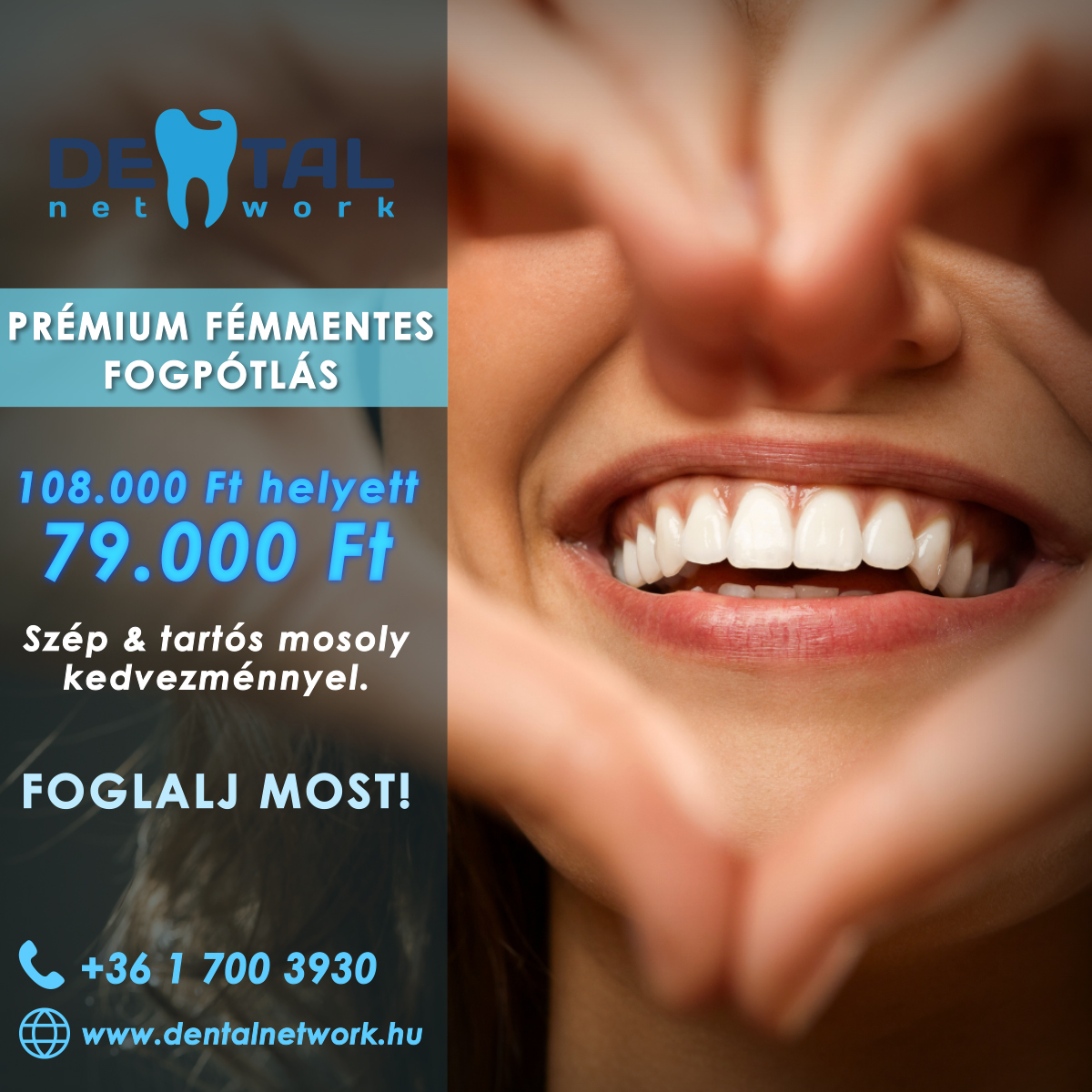Filling Baby Teeth: Treating Cavities in Milk Teeth
Many people mistakenly believe that there is no need to treat the first teeth due to tooth replacement, but this is not true. Filling baby teeth greatly contributes to preserving children's oral health and avoiding future dental problems. How is a cavity in a milk tooth treated, and why shouldn't you delay visiting the dentist?
Why Can Children Develop Cavities in Milk Teeth?
The first teeth start to appear around the age of six months in children's mouths, and the replacement with permanent teeth occurs when the permanent teeth break through around the age of 6-7. A child has 20 milk teeth, whereas an adult has 32 teeth in total.
Cavities in milk teeth can develop if the child's teeth are not properly cleaned or if their diet contains too much sugar or acidic elements. These factors together with accumulated bacteria contribute to plaque formation and can break down the hard outer layer of the teeth, the enamel, leading to decay.
Children should brush their teeth twice a day for at least 2 minutes, and adults need to help them until the children are able to do the task independently. Mastering the use of dental floss is also challenging for children, but tooth decay can develop if plaque and food residues are not thoroughly removed from between the teeth. Parents should teach correct interdental cleaning in a playful manner as soon as the milk teeth begin to fit closely together. Read more about pediatric dental treatments and their importance by clicking here.
When Is It Necessary and How Is a Milk Tooth Filled?
Since the enamel layer in milk teeth is thinner, they decay faster, which can cause pain for the children. Saving the tooth is important because premature loss of milk teeth can lead to damage to the permanent teeth. Milk teeth also aid in the child's chewing and speaking.
Depending on the extent of the lesion, the filling of a milk tooth may be done with or without anesthesia. For minor surface decay, it may be sufficient to sand the tooth, followed by varnishing and fissure sealing to prevent decay on the chewing surfaces of molars. When filling milk teeth, a special filling material (glass ionomer cement) is used, which acts practically as a fluoride reservoir to protect the milk tooth until tooth replacement. At Fehérvári Dental, it is also possible to create a Twinky Star composite filling, which is particularly popular among children due to its cheerful colors. You can check our dental prices by clicking here.
Treating Inflamed Milk Teeth
If a decayed milk tooth is not filled in time, an inflammatory process can start, which may require root canal treatment. However, since milk teeth cannot be treated the same way as permanent teeth, a special procedure is necessary using a special "mummifying" paste, which conserves and keeps sterile the nerve tissue in the root canals.
Tip: Read our blog post about milk tooth root canal treatment by clicking here[1].
Extracting a Milk Tooth
If the decay is too advanced and the inflammation does not respond to treatment, tooth extraction may be necessary. Milk teeth are generally easy to remove, as they are only held in place by the gums, so numbing with Lidocain spray is usually sufficient for pain relief.
How to Prevent Cavities in Milk Teeth?
The following simple steps can help prevent tooth decay in your child:
Start brushing your child’s teeth as soon as the first teeth appear. Brush your little one's teeth twice a day and oversee the process until your child is able to perform the task well alone. Use only a rice-sized amount of toothpaste for children under 3 years old, and a pea-sized amount for children over 3. From the age of 2-3 years, use dental floss daily to clean between your child's teeth. Schedule dental checkups every six months. Ensure your child has a balanced diet and limit the consumption of sugary drinks and snacks.
Fehérvári Dental: Professional Dental Care in the Heart of Budapest
Since its establishment in 1997, we have been striving to provide your family with the highest standard of comprehensive care, from the little ones to great-grandparents. Our specialists cover all areas of dentistry, thus complex treatments requiring multiple dental specialists can also be performed onsite. Our team's professional and coordinated operation is evident throughout the entire care process—from specialist consultations to administrative tasks.
Our dental practice boasts high standards of design and technical equipment. Our three-level clinic houses 3 modern treatment rooms and a diagnostic imaging facility (panorama X-ray, teleradiography, CBCT, intraoral). The floors are connected by a spacious elevator, which is also accessible and convenient for patients with mobility limitations and those with strollers.
Book your appointment now!





















